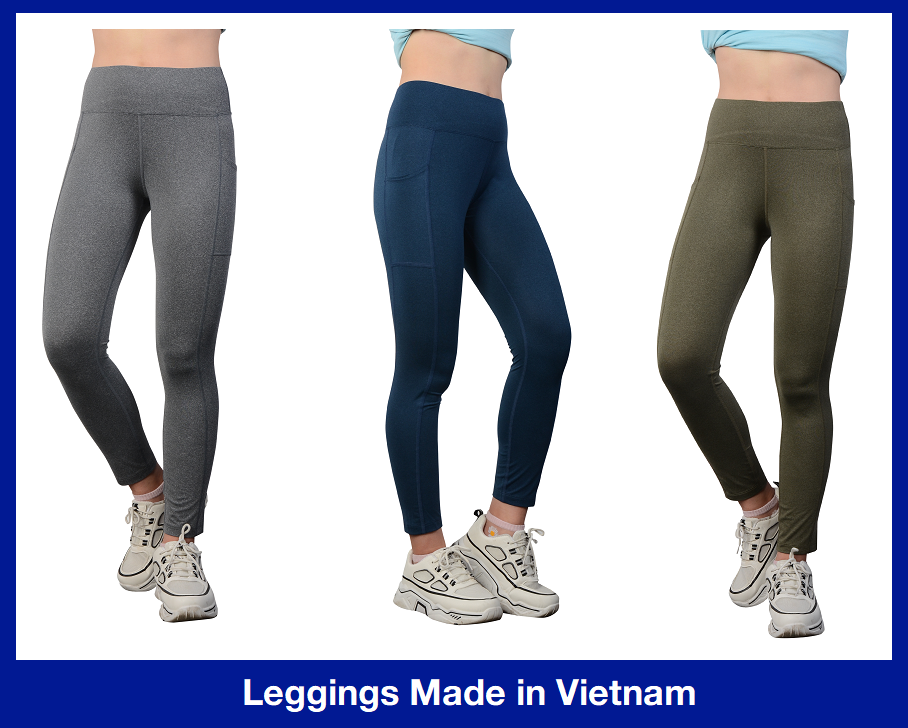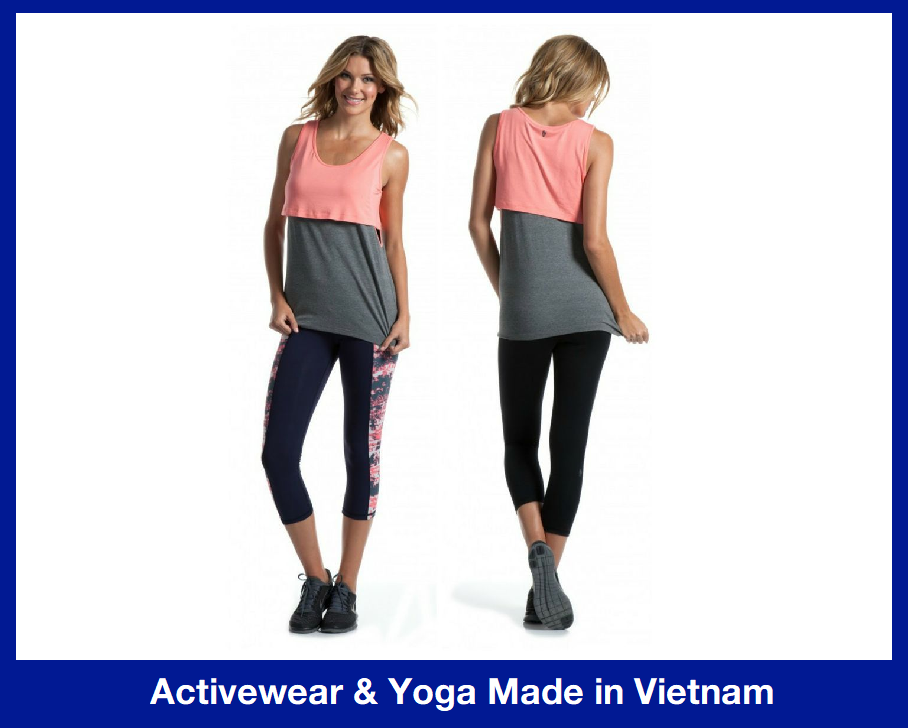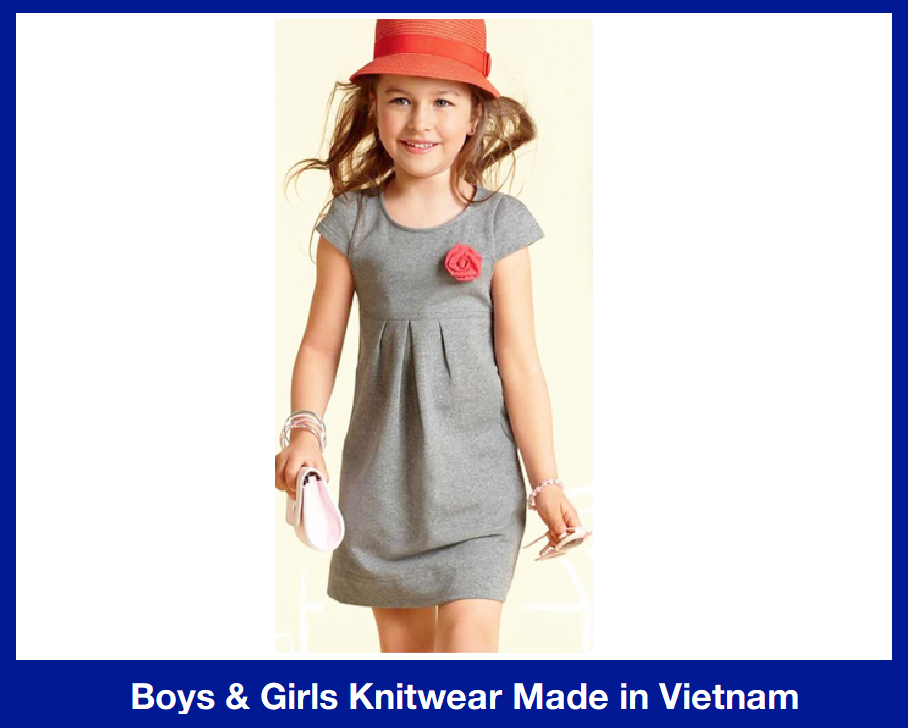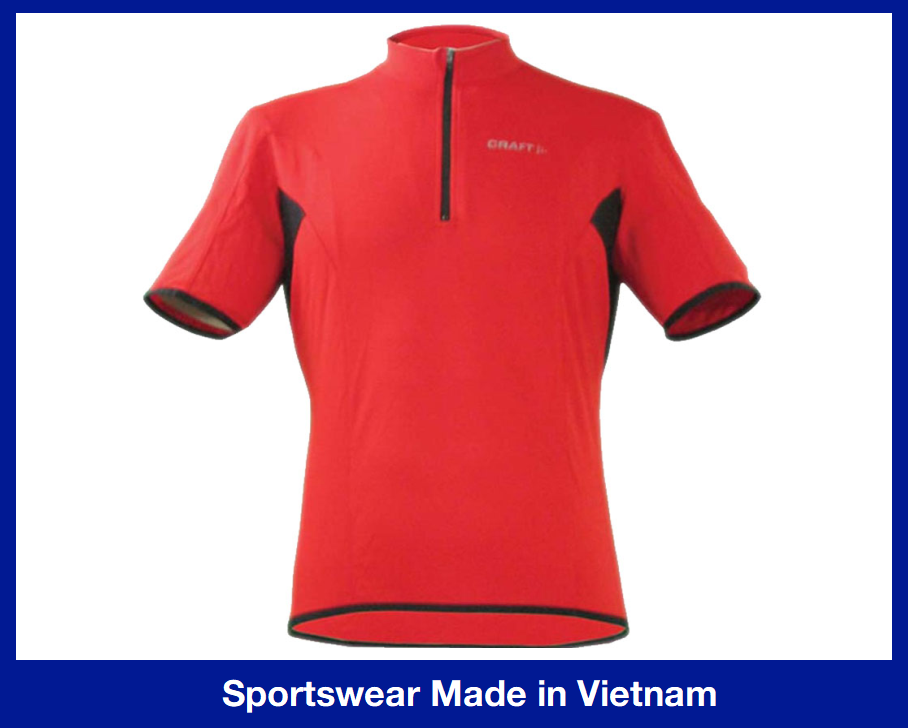The sustainable fashion trends nowadays are well known and supported by many brands. Many brands and consumers are doing their best to make positive changes. We, Thai Son garment factory, are trying to keep up to date with what is best for our planet. We have been producing garments from many types of sustainable fabrics: organic cotton, recycled polyester, recycled cotton, bamboo viscose, ramie, coffee, coconut, tencel, lyocell. Now we, Vietnam apparel factory, have developed making garments from a new kind of sustainable fabric which is super friendly to human skin! This fabric is made from Vitamin fiber, Rose fiber, Milk fiber and Lotus fiber. All from edible ingredients! And that is, of course, sustainable and friendly fabric! I am sure ladies will love it!
VITAMIN fiber
Vitamin fiber is a finished fiber obtained by blending vitamin microcapsules and dissolving gum during the fiber production process. After deaeration and maturation, it is formed by wet spinning, and then drafted, oiled, bleached and cut. The entire production process does not use formaldehyde and is non-toxic, non-volatile, non-polluting. Therefore, this fabric is green and environmentally friendly.
Textiles made of vitamin fiber yarns not only have the advantages of good hygroscopicity and air permeability, comfortable wearing and good luster, but also have the functions of whitening, moisturizing and delaying aging. It sounds like you wear fashion lotion clothes. Also you are helping our environment by using this kind of fabric! 3 in 1!
Textiles made of vitamin fiber yarns not only have the advantages of good hygroscopicity and air permeability, comfortable wearing and good luster, but also have the functions of whitening, moisturizing and delaying aging. It sounds like you wear fashion lotion clothes. Also you are helping our environment by using this kind of fabric! 3 in 1!
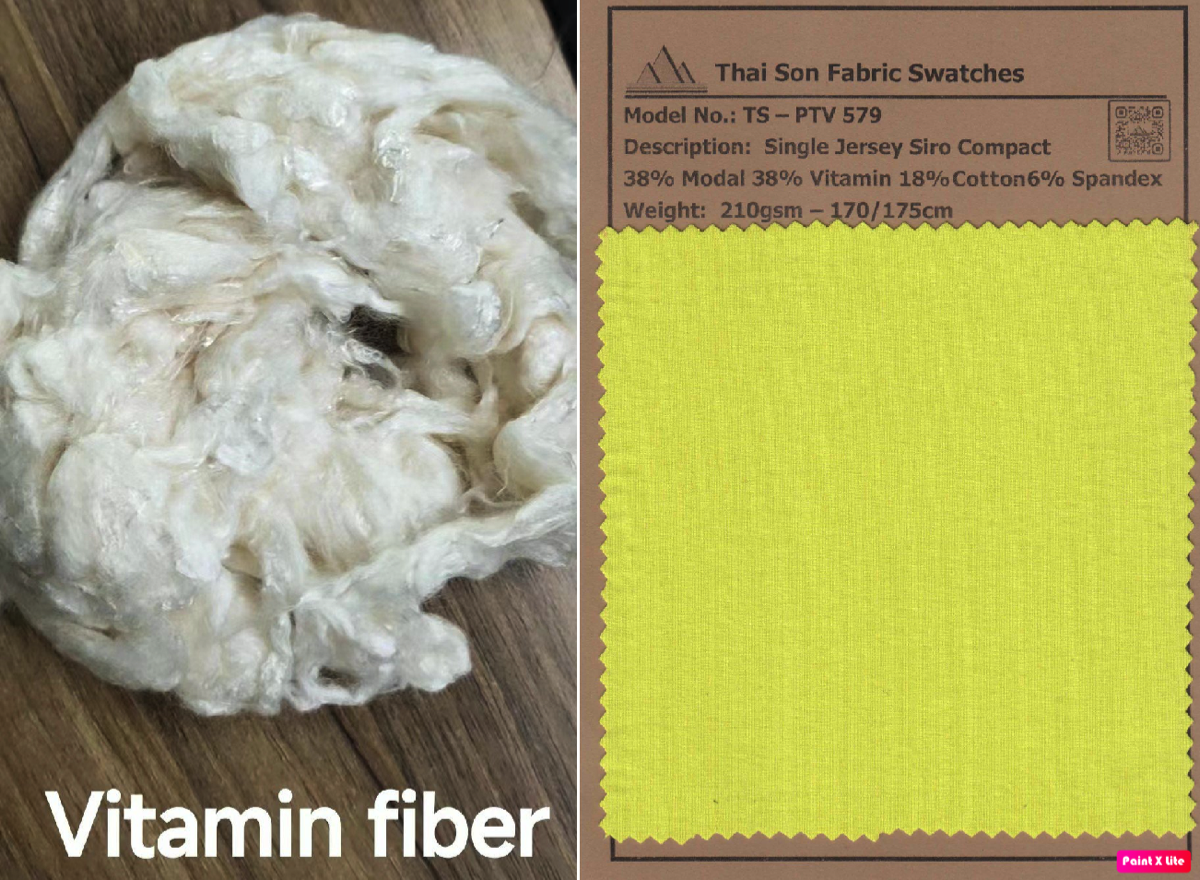
MILK fiber
Milk fiber is a new type of animal protein fiber that is different from natural fiber, regenerated fiber and synthetic fiber. It is made from milk as the basic raw material through a series of technological measures such as dehydration, deoiling, defatting, separation and purification. The entire process is done without chemicals and with very little water. The finished fabric retains all of milk's nutrients and natural proteins, making it antimicrobial, hypo-allergenic, temperature regulating and fully biodegradable. Milk fiber contains 17 kinds of amino acids. The pH value of the fiber is slightly acidic, consistent with human skin. It does not contain any carcinogens and is green and environmentally friendly.
Milk fiber has natural antibacterial properties, has good breath ability and moisture conductivity. It also nourishes and lubricates the skin. Milk protein also contains natural moisturizing factors, which helps maintain the moisture content of the skin, make the skin softer and smoother, and reduce wrinkles.
Milk fiber has natural antibacterial properties, has good breath ability and moisture conductivity. It also nourishes and lubricates the skin. Milk protein also contains natural moisturizing factors, which helps maintain the moisture content of the skin, make the skin softer and smoother, and reduce wrinkles.

ROSE fiber
We move on to the next sustainable fabric my apparel factory produces: The ROSE fabric! As you all know, ladies love roses. We thought: “Why not make it something we can wear on? Rose is good for skin”. Then we try blending the rose extract into yarn and make it into fabric and then sew into garment.
Rose fiber is extracted from rose petals by filtering harmful substances through the most advanced production technology and biochemical technology, and implanted into nano-body microcapsules to draw silk. Rose fiber is silky and strong and feels similar to bamboo viscos which Thai Son Vietnam Apparel Factory also produces. Rose fiber is rich in vitamin C, amino acids, alkaloids, calcium, iron, minerals.
Like the flower, Rose fiber not only has the functions of whitening, moisturizing, antioxidant, and radiation protection, but also has the functions of detoxifying and nourishing the skin, preventing and treating diseases, soothing the liver and regulating qi, and has good health care functions.
Rose fiber is extracted from rose petals by filtering harmful substances through the most advanced production technology and biochemical technology, and implanted into nano-body microcapsules to draw silk. Rose fiber is silky and strong and feels similar to bamboo viscos which Thai Son Vietnam Apparel Factory also produces. Rose fiber is rich in vitamin C, amino acids, alkaloids, calcium, iron, minerals.
Like the flower, Rose fiber not only has the functions of whitening, moisturizing, antioxidant, and radiation protection, but also has the functions of detoxifying and nourishing the skin, preventing and treating diseases, soothing the liver and regulating qi, and has good health care functions.
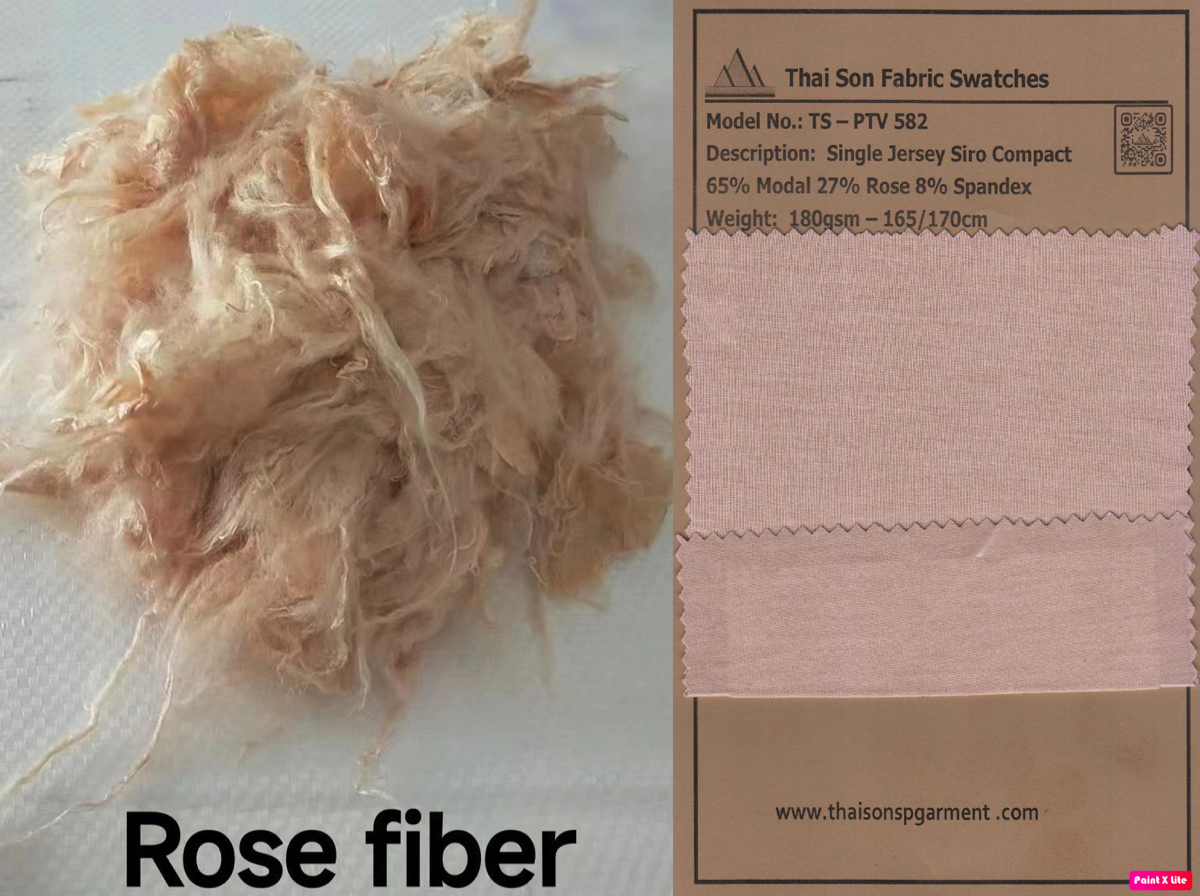
LOTUS fiber
We have another kind of fabric made from flowers: LOTUS, a symbol of purity, spiritual enlightenment, and rebirth in Eastern culture. Lotus fiber uses high-quality lotus as raw material. After multi-channel extraction process, the high-quality ingredients in lotus are extracted and blended with natural wood pulp to obtain a new type of regenerated cellulose fiber.
The active ingredients in the lotus protein fiber have inhibitory effects on Staphylococcus aureus, Escherichia coli, and Candida albicans. It is also rich in a variety of amino acids, providing nutrition to the skin and moisturizing it.
The active ingredients in the lotus protein fiber have inhibitory effects on Staphylococcus aureus, Escherichia coli, and Candida albicans. It is also rich in a variety of amino acids, providing nutrition to the skin and moisturizing it.

The above sustainable and eco-friendly fabrics can be used to make underwear, T-shirts and sports and leisure wear, which are in direct contact with the body and are beneficial to human health.
Please contact us at kiki@lhc.vn if you are interested in making your knitted garments with these new sustainable, eco-friendly fabrics! We, a Vietnam garment factory with many years’ experience in producing fabrics and apparel and export to , can provide you with high quality products!
Please contact us at kiki@lhc.vn if you are interested in making your knitted garments with these new sustainable, eco-friendly fabrics! We, a Vietnam garment factory with many years’ experience in producing fabrics and apparel and export to , can provide you with high quality products!
How is Bamboo Viscose Made?
With its name ‘viscose’, it’s a given that bamboo fabric came from the cellulose (pulp) of the bamboo wood. There can also be eucalyptus viscose, sugar cane viscose, and beech viscose. Since all of these fibers were produced using the same process, it can be confusing if a bamboo fabric product only indicates that it’s made of ‘viscose’ without stating the actual wood source.After deriving the bamboo viscose from the plant, it will be dissolved into a diluted sodium hydroxide to come up with a pulpy substance.
For the fiber to be viscous enough, it should have a proportion of 7% to 15% bamboo cellulose to 5% of sodium hydroxide.
This solution will be fermented, filtered, and degassed multiple times. After that, it will be fed into spinneret nozzles that go through a large container with diluted sulphuric acid. At this point, the viscose fibers harden. It’s then converted into bamboo fiber filaments. Bamboo viscose organic cotton spandex fabric goes through a similar process.
After removing much of the viscous consistency, the fibers will be spun and combed into threads. After that, the thread will be woven into fabric. Bamboo viscose organic cotton spandex fabric also gets combed into threads before each yarn is spun together.
Most of the bamboo viscose fibers were derived from the Moso bamboo plant. Also, most of them are grown in China, where it’s also processed and produced.
For bamboo viscose, the process stops here. But if you are looking for modal and lyocell bamboo fabrics, expect that it will require further production steps. Below, we discussed the differences between the three. In this video, KelheimFibres shows us wood viscose is made from mere raw materials to functional fabric:
Advantages of Bamboo Viscose
Bamboo viscose has been popular due to its soft texture that can pit with cotton. Aside from its comfy touch, the following benefits make bamboo viscose stand out among other fabrics:
THERMO-REGULATING PROPERTIES
Bamboo viscose is popular due to its excellent breathability. It keeps you fresh during summer days and if you tend to experience hot flashes at night. The best thing here is it’s warm to wear during winter. You can also choose from a variety of thread count to suit your preferred thickness and breathability. Bamboo viscose organic cotton spandex fabric is also thermo regulating.
MOISTURE-WICKING
Are you always sweaty? Maybe it’s time to switch to bamboo viscose fabric. Since bamboo is about four times more absorbent than cotton, it has higher moisture-wicking abilities. Due to this characteristic, the bamboo fabric will also absorb a lot of water and feel heavy when putting on the clothesline after washing. Nevertheless, it dries fast, so it shouldn’t be an issue.
ANTIBACTERIAL PROPERTIES
Bamboo fabric is also known for its antibacterial properties that prevent odour build-up. This is an ideal choice for those who have issues with body odour. If used on pillows and sheets, it will help keep your bed smelling fresh. Bamboo viscose organic cotton spandex fabric also keeps your clothes smelling fresh.
HYPOALLERGENIC
Some people tend to be allergic to cotton due to the chemicals used in the production process. With this, the bamboo fabric becomes an excellent alternative. As long as it’s made organically and spun mechanically, it should have minimal off-gassing and harmful chemicals.
DISADVANTAGES OF BAMBOO VISCOSE
Like any fabric, bamboo viscose also comes with some disadvantages. The following are some of the downsides of using bamboo fabric:
EXPENSIVE
Bamboo fabric indeed comes with a heftier price tag than other fabric counterparts. Due to the intricate process it undergoes, this is quite understandable. Still, many are willing to splurge for the sake of comfort.
HIGH-MAINTENANCE
If you’re planning to shop for bamboo viscose clothes, sheets, or pillows, take note that it will require more attention while washing. First, you shouldn’t wash bamboo fabric with other textiles. This is to prevent the lint from attaching to the fibers of your bamboo viscose organic cotton spandex fabric.
Aside from that, you should wash bamboo fabric in cold water only. Take note that washing in hot water will cause shrinkage. Aside from that, you can only air dry bamboo fabric to prevent damages to it.
Bamboo Viscose vs. Modal vs. Lyocell
Basically, there are three types of bamboo fabric: viscose or rayon, modal, and lyocell.
VISCOSE
Above, we discussed how bamboo viscose is made as the first generation fiber. When we move forward to the second generation fiber, we have the modal bamboo fabric. They go through additional processes.
MODAL
Modal bamboo fabric is somewhat similar to viscose. However, it differs since it undergoes an extra treatment after spinning the fiber filaments. This is done to make the modal bamboo fabric stronger than viscose. Basically, both viscose and modal fabrics are made with the same solvent and process. The only difference is an extra process before the thread is woven into a fabric.
LYOCELL
Lastly, we have the lyocell bamboo fabric. This is widely different than modal and viscose since it’s made using a different solvent. Instead of sodium hydroxide as used in both viscose and modal, lyocell is produced through the organic compound M-Methylmorpholine N-oxide (NMMO). This is also eco-friendly and sometimes believed to be more environment-friendly than sodium hydroxide.
Contact Us
Email Sim: kiki@lhc.vn
Please include your WhatsApp # in your email.
Often our email goes to Junk mail.
Please include your WhatsApp # in your email.
Often our email goes to Junk mail.
Mailing Address
Thai Son S.P Co., Ltd.
153 Ung Van Khiem
Ward 25, Binh Thanh District
Ho Chi Minh City, Vietnam
Zip Code: 700000
Tel. +84 903926973
Attn: Ms. Sim
Thai Son S.P Co., Ltd.
153 Ung Van Khiem
Ward 25, Binh Thanh District
Ho Chi Minh City, Vietnam
Zip Code: 700000
Tel. +84 903926973
Attn: Ms. Sim
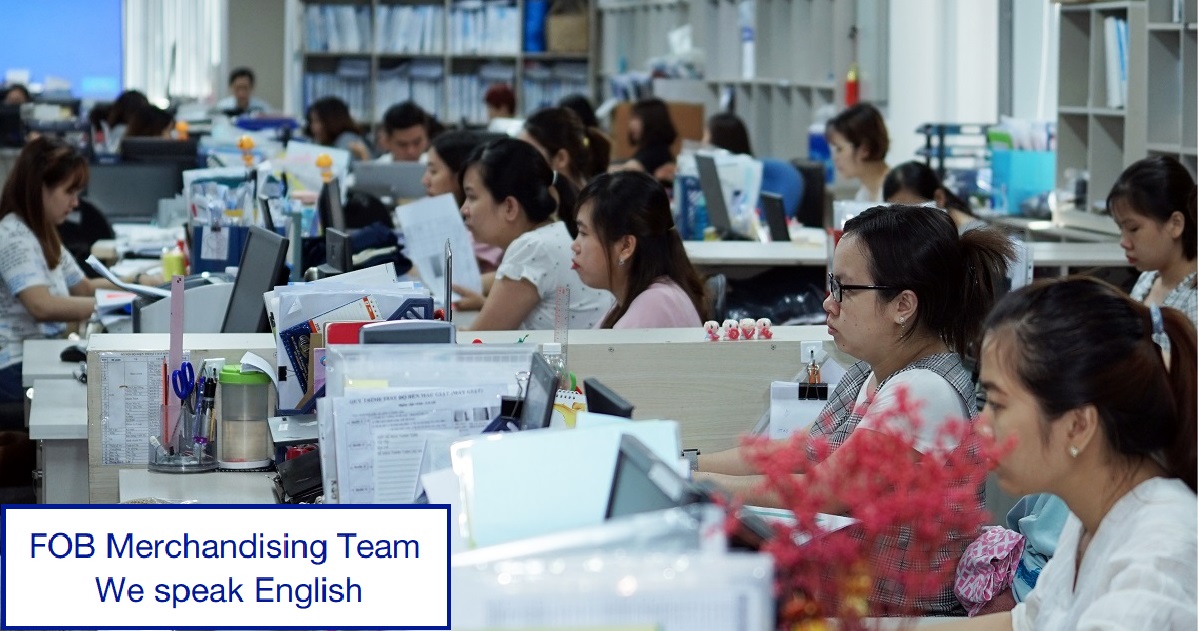
About Us / News
Home
Our Services
Reversible Garments
Sustainability
OCS Certified
Sublimated Neck Gaiters
Neck Warmers
Reflective Clothing
Our Social Compliance
Our SA 8000 Certificate
Sublimated Neck Gaiters
Printed Neck Warmers
EVFTA Import Custom Duties
EVFTA GSP Form A
EVFTA Duty Free for Europe
EVFTA Import Tariff Reductions
EVFTA Tariff Schedule
EVFTA Rules of Origin
Antiviral Cloth Masks
Reusable Cloth Face Masks
Antibacterial Masks
Face Coverings
Cloth Face Masks
Vietnam Garment News
Sitemap
Our Services
Reversible Garments
Sustainability
OCS Certified
Sublimated Neck Gaiters
Neck Warmers
Reflective Clothing
Our Social Compliance
Our SA 8000 Certificate
Sublimated Neck Gaiters
Printed Neck Warmers
EVFTA Import Custom Duties
EVFTA GSP Form A
EVFTA Duty Free for Europe
EVFTA Import Tariff Reductions
EVFTA Tariff Schedule
EVFTA Rules of Origin
Antiviral Cloth Masks
Reusable Cloth Face Masks
Antibacterial Masks
Face Coverings
Cloth Face Masks
Vietnam Garment News
Sitemap
Fabrics We Offer
Garments We Produce
Our Factories
Frequently Asked Questions
What is a garment tech pack?
What does CMT mean?
Woven vs Knit Difference?
What does FOB mean?
MOQ in Vietnam?
How to source factories?
Minimum wage in Vietnam?
How many sewers in a line?
Find pattern maker in Vietnam?
What does ODM mean?
What does PLM mean?
What does sustainability mean?
What is CSR?
What is BSCI?
What is WRAP?
Fabric production in Vietnam?
Garment Fairs in Vietnam
CSR Compliant Factory Directory
Resources
What does CMT mean?
Woven vs Knit Difference?
What does FOB mean?
MOQ in Vietnam?
How to source factories?
Minimum wage in Vietnam?
How many sewers in a line?
Find pattern maker in Vietnam?
What does ODM mean?
What does PLM mean?
What does sustainability mean?
What is CSR?
What is BSCI?
What is WRAP?
Fabric production in Vietnam?
Garment Fairs in Vietnam
CSR Compliant Factory Directory
Resources
